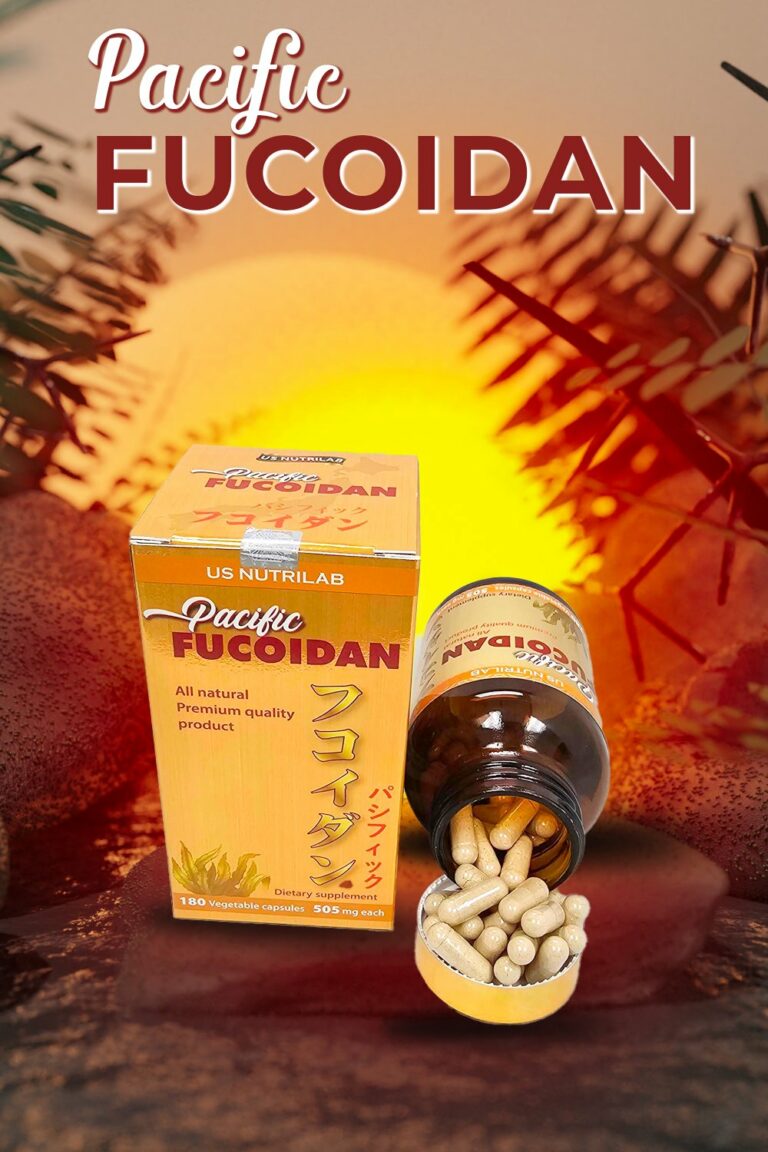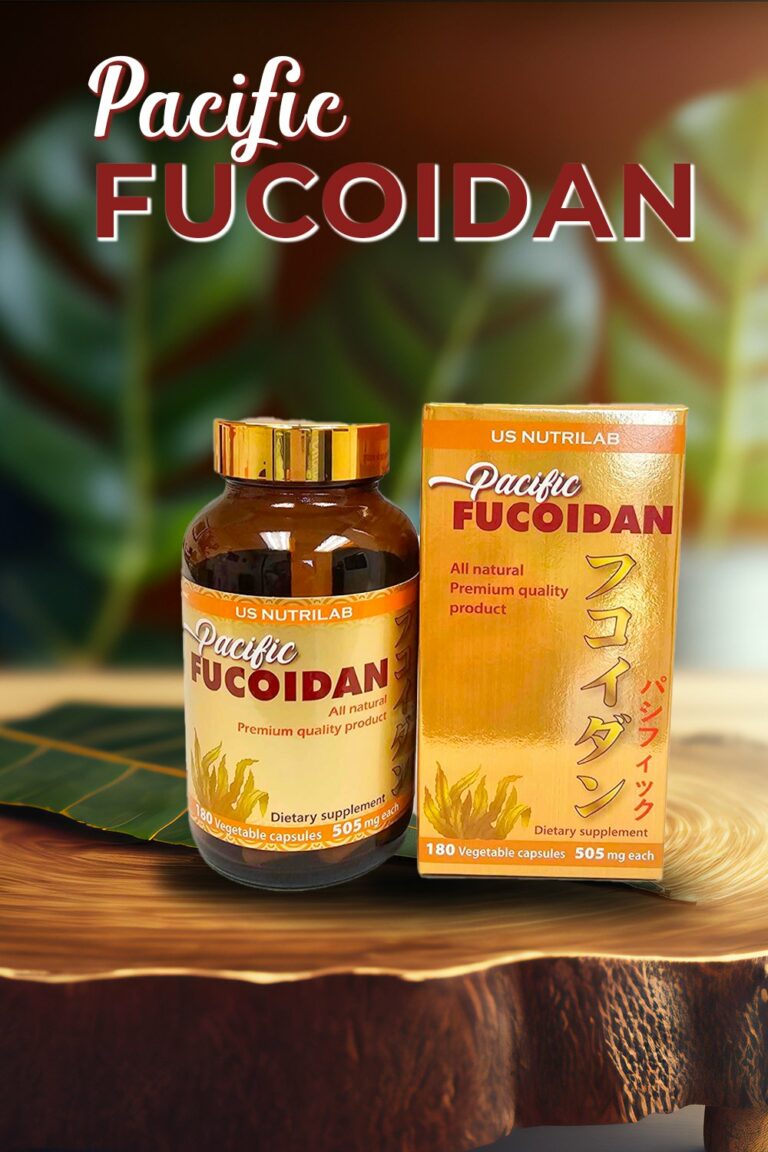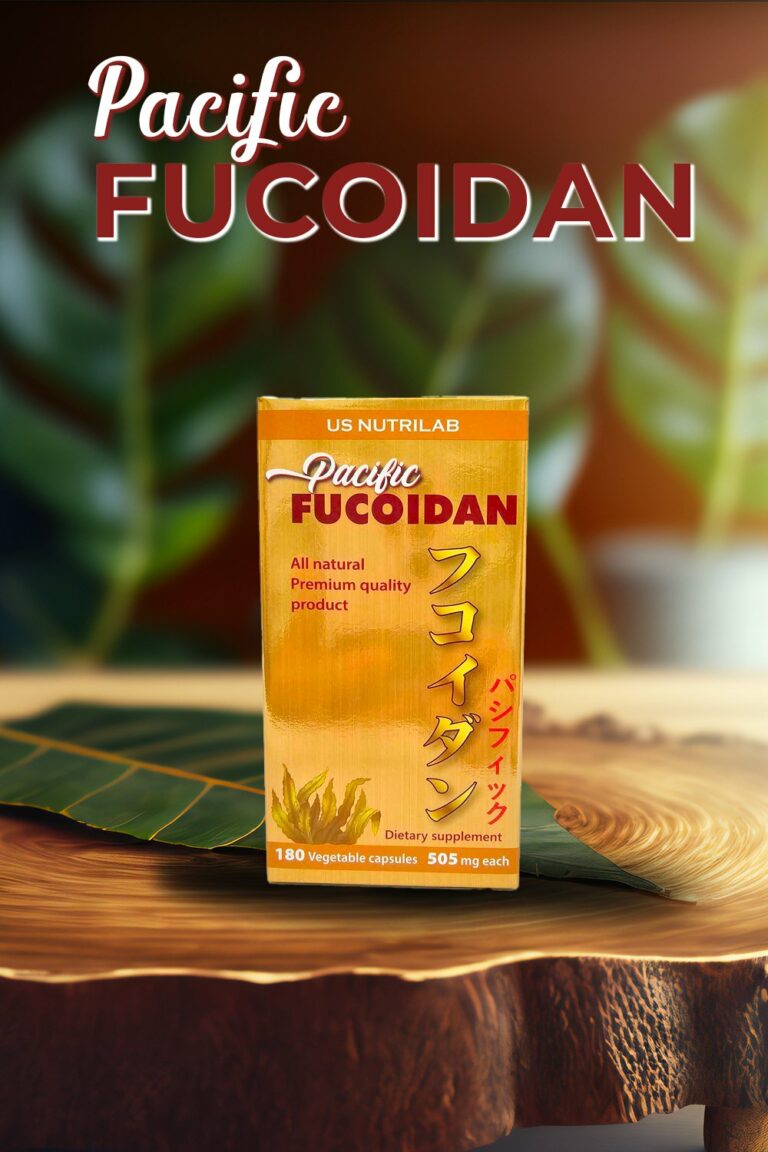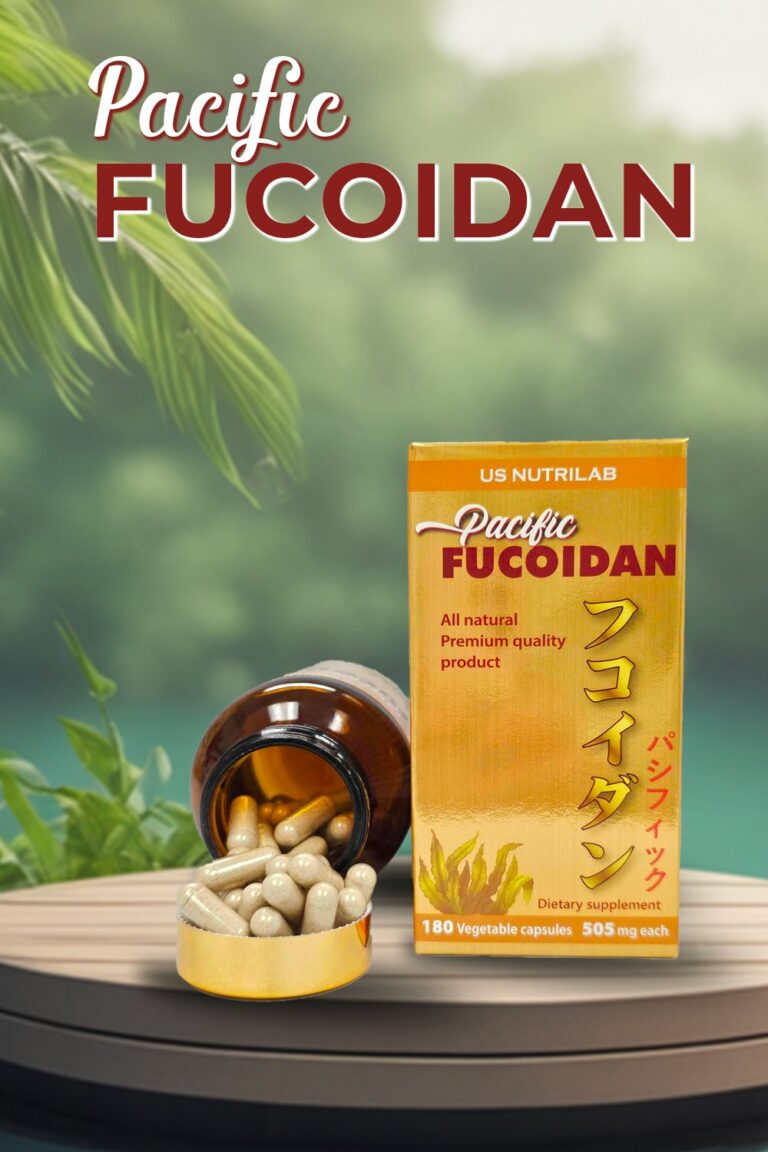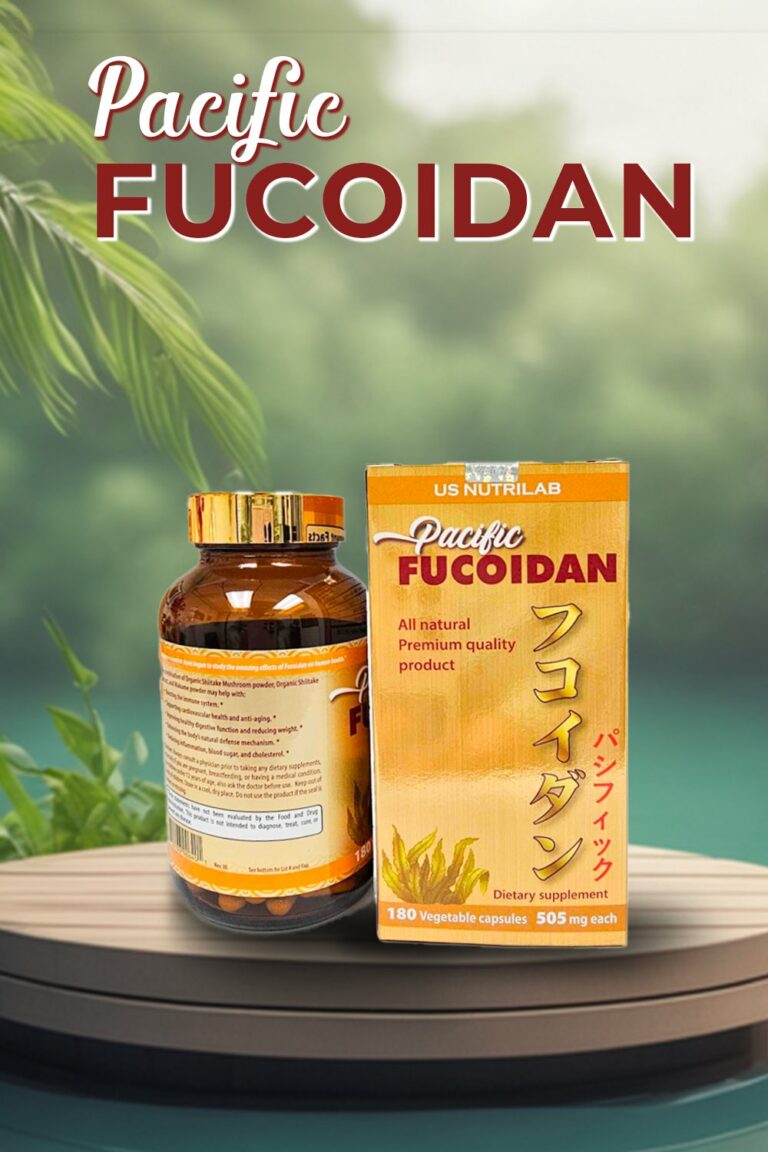Add Your Heading Text Here
Lorem ipsum dolor sit amet, consectetur adipiscing elit. Ut elit tellus, luctus nec ullamcorper mattis, pulvinar dapibus leo.

Quality through Innovation-Extraction Technology
Manufacturers of Fucoidan have traditionally utilised solvents to precipitate the Fucoidan polymer from crude seaweed extracts. This traditional methodology may lead to contaminants being present in the final extract. Fucoidans manufactured in this way can suffer from many shortfalls; their quality can be inconsistent, their chemical integrity may be compromised and – most importantly – their bioactivity may be affected. Our global exclusive TECH cold water cryogenic extraction technology can completely retain the original biological activity, without residual organic solvents and the degradation of deep-sea mercurial algae, ensuring the highest purity and complete biological activity, and is equipped with a variety of native and unique potent anti-cancer and immune-enhancing plant extracts as catalytic enzymes, the Fucoidan can be used to maximize the efficacy, accelerate the complete absorption of cells, and ensure the effective bio-activities.
Introduction
Fucoidans, polysaccharides containing substantial percentages of l-fucose and sulfate ester groups, are constituents of brown seaweed and some marine invertebrates (such as sea urchins and sea cucumbers) [1,2]. The polysaccharide was named as “fucoidin” when it was first isolated from marine brown algae by Kylin in 1913. Now it is named as “fucoidan” according to IUPAC rules, but some also called it fucan, fucosan or sulfated fucan.

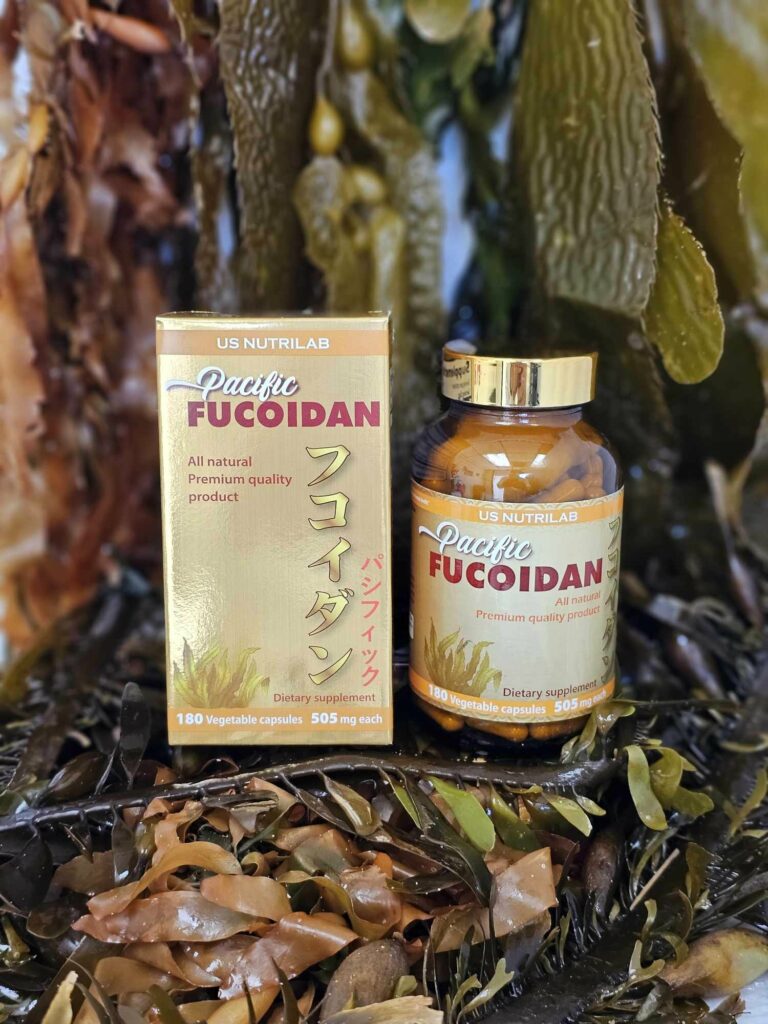
Abstract
Fucoidan refers to a type of polysaccharide which contains substantial percentages of l-fucose and sulfate ester groups, mainly derived from brown seaweed. For the past decade fucoidan has been extensively studied due to its numerous interesting biological activities. Recently the search for new drugs has raised interest in fucoidans. In the past few years, several fucoidans’ structures have been solved, and many aspects of their biological activity have been elucidated. This review summarizes the research progress on the structure and bioactivity of fucoidan and the relationships between structure and bioactivity.
Structure
Since Kylin firstly isolated fucoidan in 1913, the structures of fucoidans from different brown seaweeds have been investigated. Fucoidans from several species of brown seaweed, for example Fucus vesiculosus, have simple chemical compositions, mainly being composed of fucose and sulfate. But the chemical compositions of most fucoidans are complex. Besides fucose and sulfate, they also contain other monosaccharides (mannose, galactose, glucose, xylose, etc.) and uronic acids, even acetyl groups and protein. Furthermore, the structures of fucoidans from different brown algae vary from species to species. Despite all that, some fucoidans’ structures or their structural backbones have been elucidated.
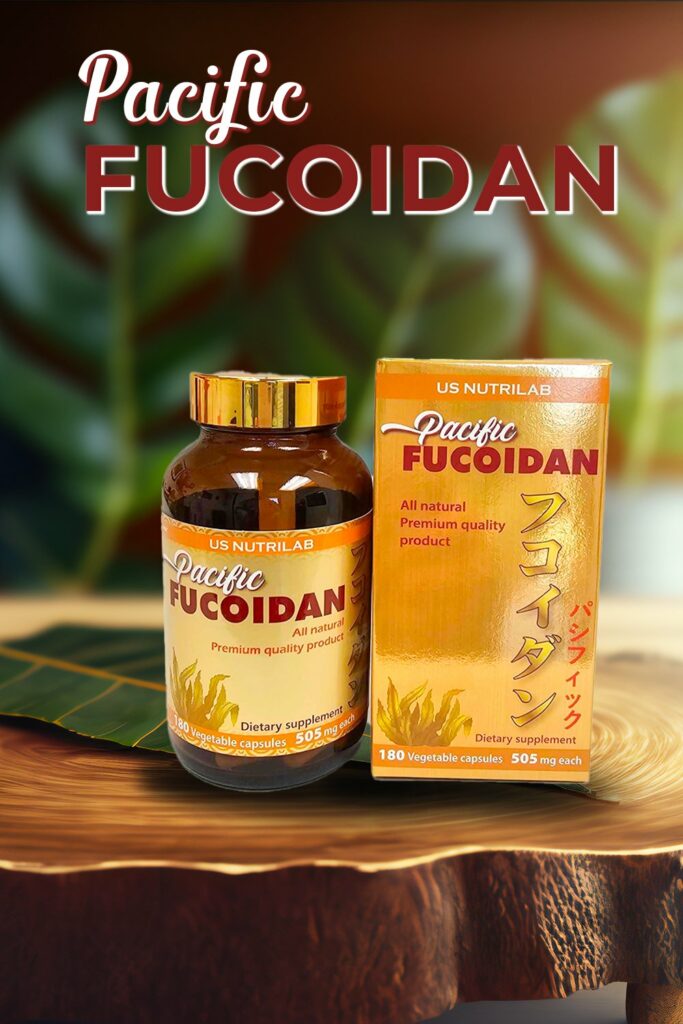
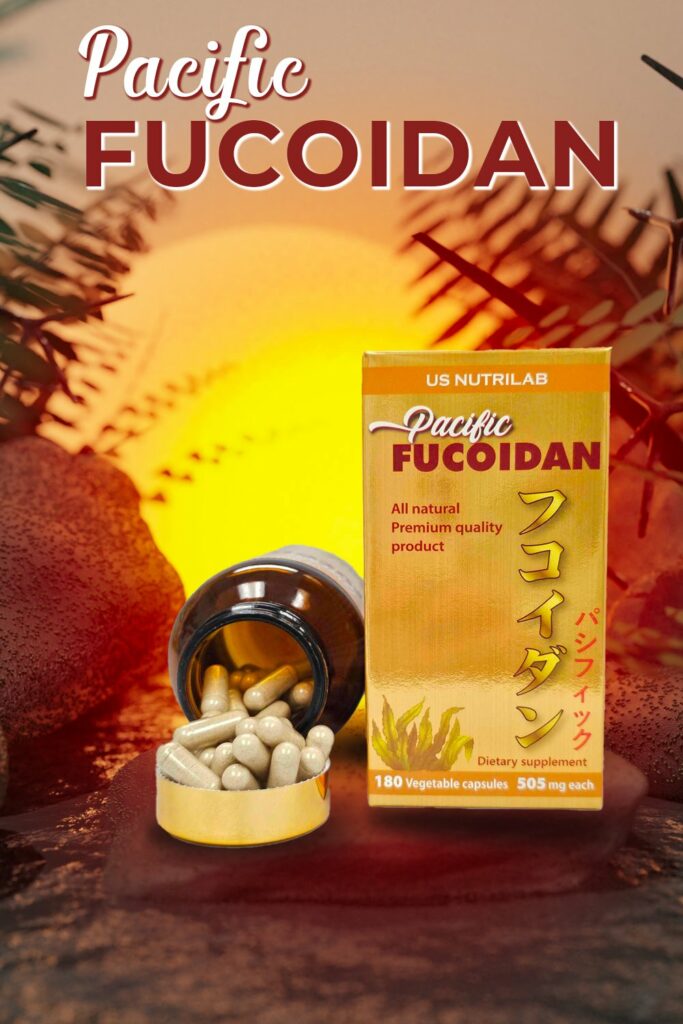
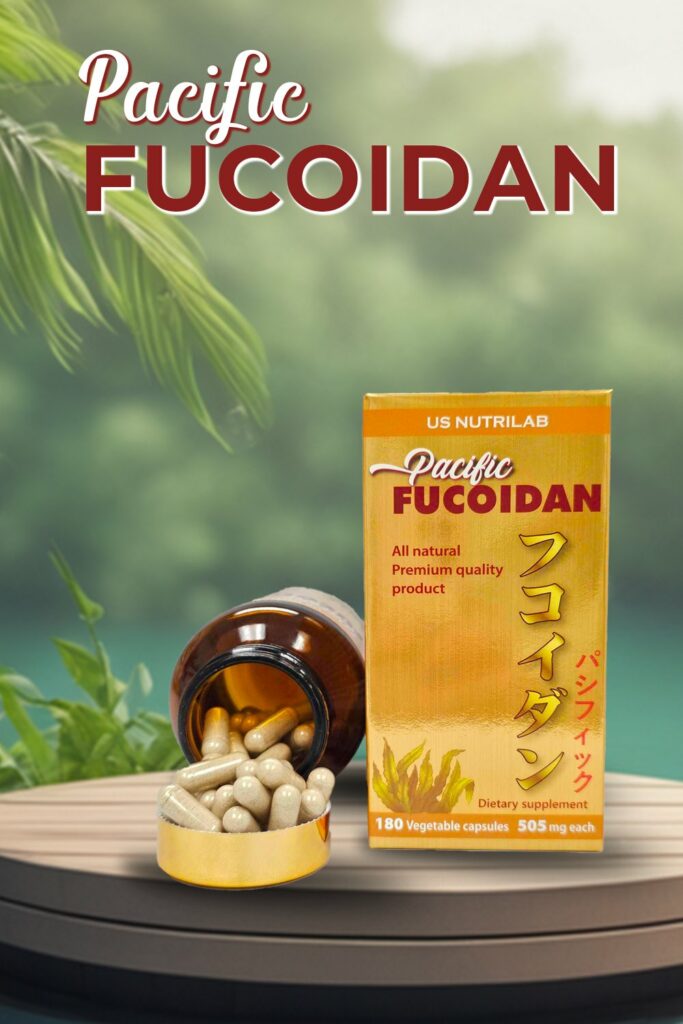
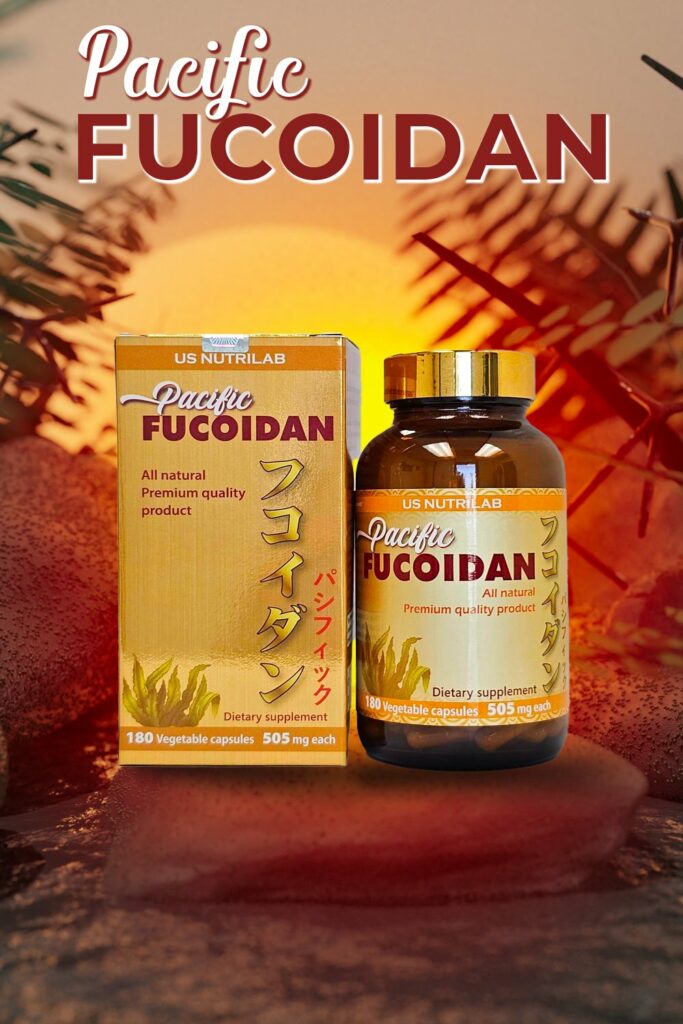
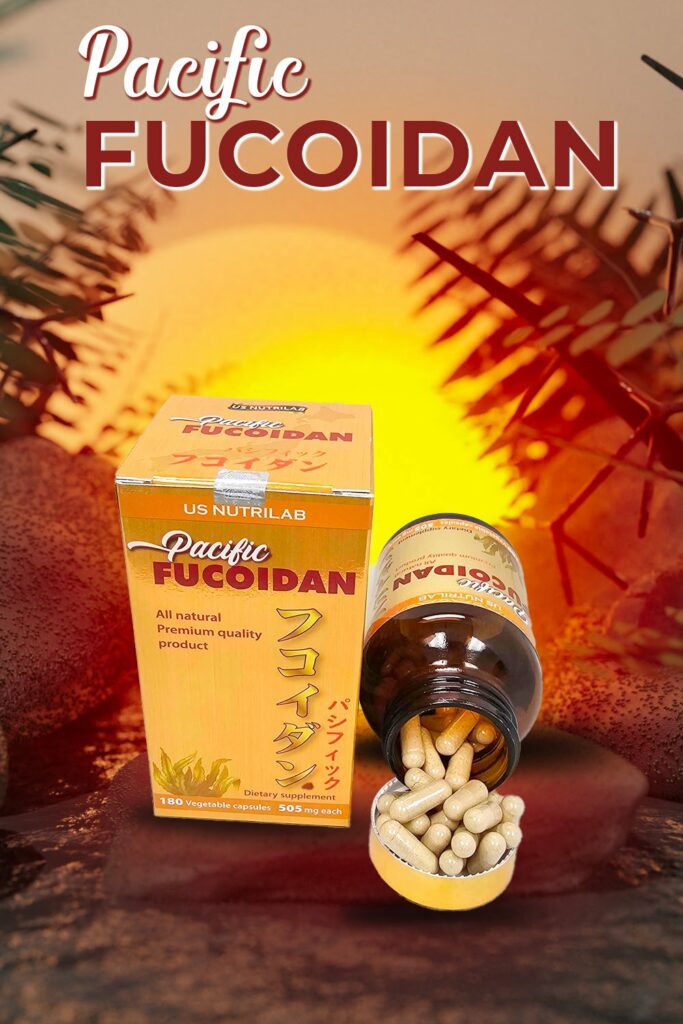
Client Testimonials



